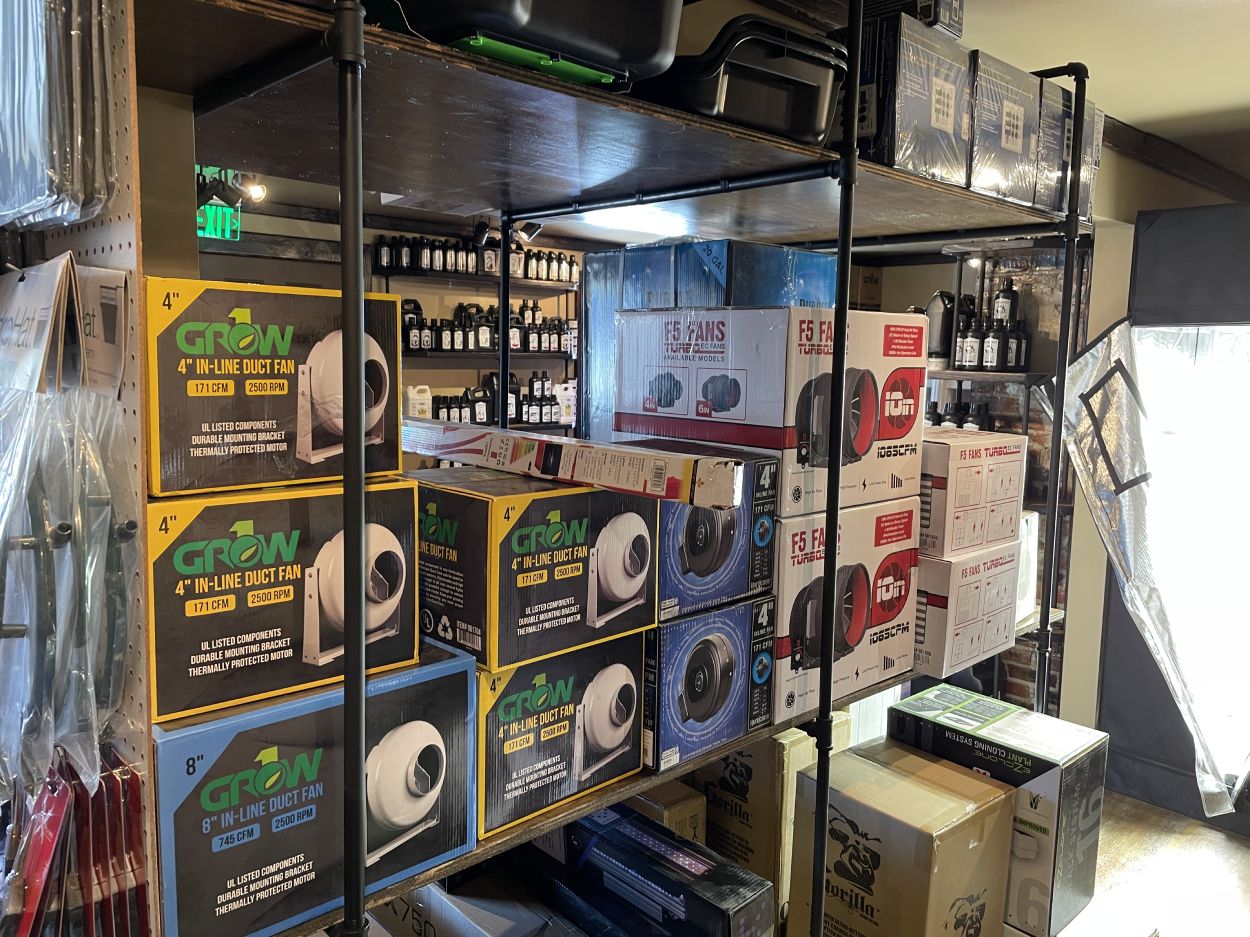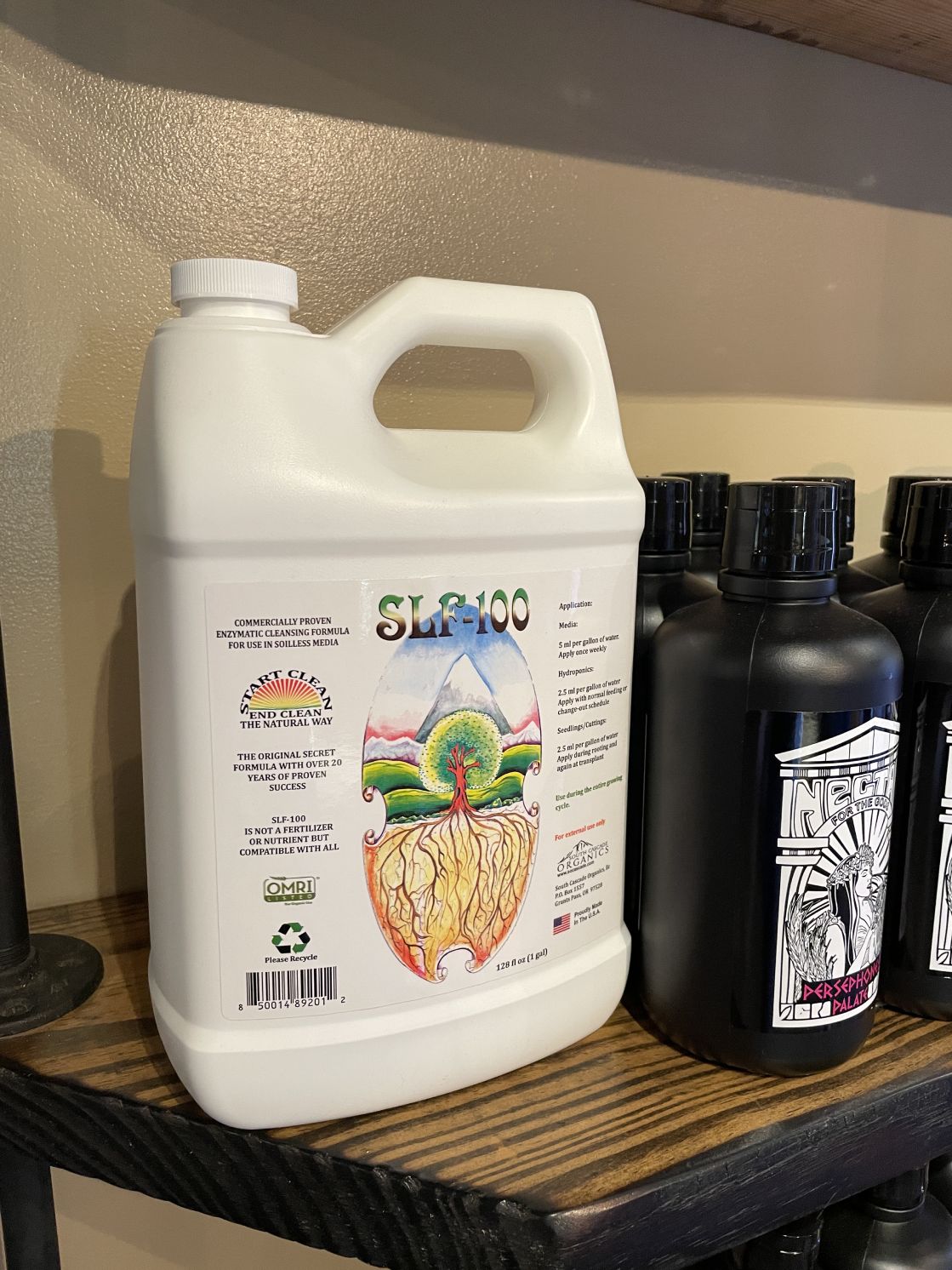The Indoor Earthworm: The Necessary Pet for Eco-Friendly Homes
The Indoor Earthworm: The Necessary Pet for Eco-Friendly Homes
Blog Article
The Ultimate Overview to Hydroponic Systems and Techniques
Worldwide of modern-day agriculture, hydroponic systems have become an innovative method for cultivating plants without dirt. The thorough equilibrium of water, nutrients, and light in hydroponic configurations supplies an encouraging option to typical farming practices. As we reveal the details of hydroponics in this thorough overview, we will certainly browse with the different kinds of systems, check out the important nutrients vital for plant growth, and explore innovative methods that can significantly boost yields. What occurs when common concerns develop in hydroponic systems? Stay tuned to untangle the troubleshooting methods that can make or break a successful harvest.
Advantages of Hydroponic Solutions
Hydroponic systems offer a wide variety of benefits, including effective resource use and specific nutrient distribution to plants. By supplying a regulated setting for plant growth, hydroponic systems allow ideal water and nutrient usage, bring about higher yields compared to standard soil-based farming. This efficiency not just preserves sources yet also minimizes waste, making hydroponic systems eco-friendly.
In addition, the specific delivery of nutrients in hydroponic systems permits customization based upon the certain needs of each plant variety. This targeted method makes sure that plants get the appropriate balance of necessary nutrients, advertising much healthier growth and minimizing the danger of nutrient shortages or inequalities. In addition, the capability to check and readjust nutrient levels in real-time maximizes plant performance and general crop quality.
In addition, hydroponic systems get rid of the requirement for pesticides and herbicides, as the closed-loop system decreases the risk of pests and diseases that are typically discovered in soil-based farming - The Indoor Earthworm. This not only benefits the plants and the environment yet also contributes to creating cleaner, healthier plants for intake
Sorts Of Hydroponic Setups

Deep Water Culture (DWC) includes putting on hold plant origins in a nutrient remedy, enabling for enough oxygenation. Nutrient Film Method (NFT) makes use of a superficial stream of nutrient option streaming over the plant origins, providing a continuous supply of nutrients. Ebb and Circulation systems flooding the plant origins at periods, guaranteeing they receive nutrients and oxygen. Leak systems include trickling a nutrient solution onto the plant roots, providing specific control over feeding. Aeroponics hazes the plant origins with a nutrient solution, making best use of oxygen absorption.
Each sort of hydroponic arrangement has its benefits and is suited to different plant varieties and development phases. Recognizing the distinct features of these systems can help hydroponic growers pick the most ideal configuration for their particular demands and choices.
Necessary Nutrients for Hydroponics
In hydroponic systems, plants count on an accurate equilibrium of vital nutrients to thrive and expand efficiently. These crucial nutrients are important for various plant features such as photosynthesis, find more root advancement, and overall development. The primary macronutrients called for by plants in hydroponic systems are nitrogen, potassium, and phosphorus. Nitrogen is crucial for leafy environment-friendly development, phosphorus aids in origin advancement and flower/fruit production, while potassium aids in general plant health and condition resistance.
Along with macronutrients, plants additionally need second nutrients like calcium, sulfur, and magnesium, in addition to micronutrients such as iron, copper, zinc, and manganese (The Indoor Earthworm). These nutrients are important for making certain that plants have all the necessary structure obstructs to execute essential biological procedures

Advanced Methods for Maximum Yield
To accomplish ideal returns in hydroponic systems, farmers can implement advanced techniques that boost plant development and efficiency. Additionally, using methods like plant training and pruning can aid maximize light distribution and airflow, guaranteeing that all components of the plant get sufficient light and check it out nutrients. Utilizing automated systems for nutrient delivery and surveillance can assist maintain optimum nutrient degrees, reducing the risk of shortages or discrepancies that can hinder plant development.
Troubleshooting Common Hydroponic Issues
One widespread trouble is vitamins and mineral shortages, where plants lack vital aspects for healthy development. Keeping the proper pH variety certain to the plant being grown is vital for optimum nutrient uptake. By without delay determining and attending to these common hydroponic issues, farmers can preserve healthy plants and make the most of yields in their hydroponic systems.
Verdict
Finally, hydroponic systems use various benefits for expanding plants effectively. By using various sorts of configurations and supplying essential nutrients, cultivators can accomplish optimal return through progressed methods. It is very important to repair common concerns that may arise in order to preserve a successful hydroponic procedure. With careful preparation and attention to information, hydroponic systems can transform the means plants are cultivated, bring about even more sustainable and efficient agricultural techniques.
By supplying a regulated environment for plant development, hydroponic systems make it possible for optimal water and nutrient use, leading to greater yields contrasted to traditional soil-based growing. The Indoor Earthworm. Nutrient Movie Strategy (NFT) utilizes a shallow stream of nutrient option flowing over the plant roots, supplying a consistent supply of nutrients. Monitoring and readjusting nutrient degrees based on plant growth stages is crucial to stopping vitamins and mineral shortages or toxicities and making the most of plant efficiency in hydroponic systems
In addition, using strategies like plant training and pruning can help enhance light distribution and air flow, making certain that all components of the plant receive appropriate light and nutrients. Using automated systems for nutrient delivery and tracking can assist keep optimum nutrient degrees, lowering the threat of navigate to these guys deficiencies or imbalances that can hinder plant growth.
Report this page